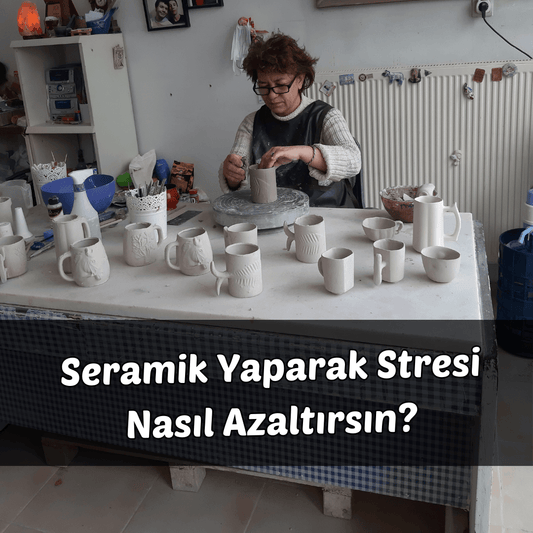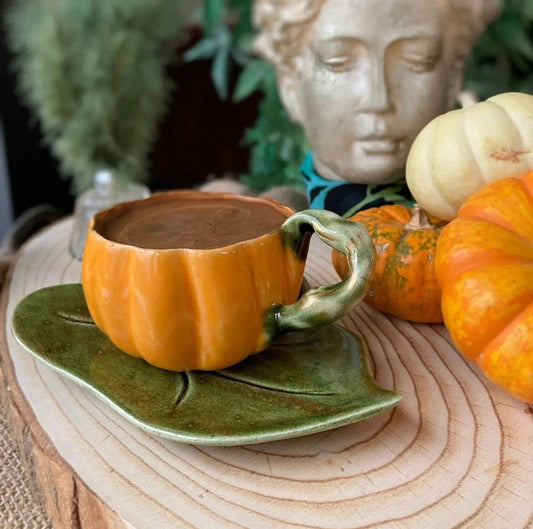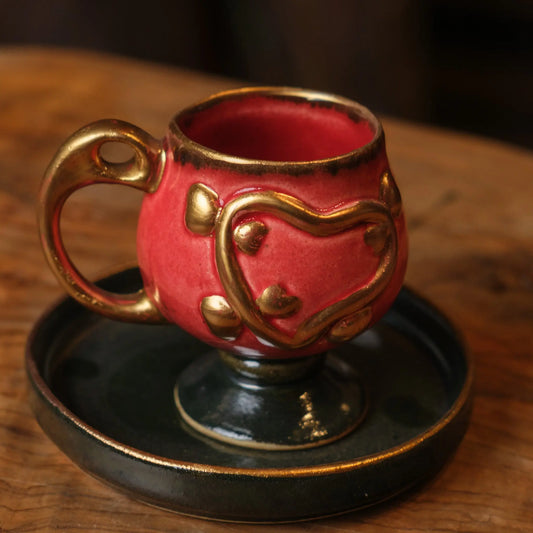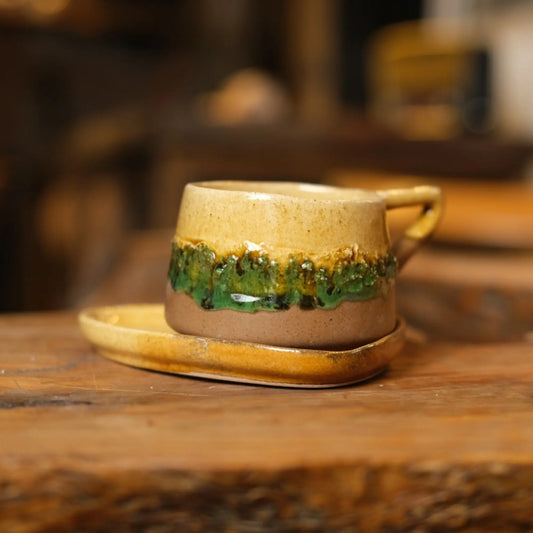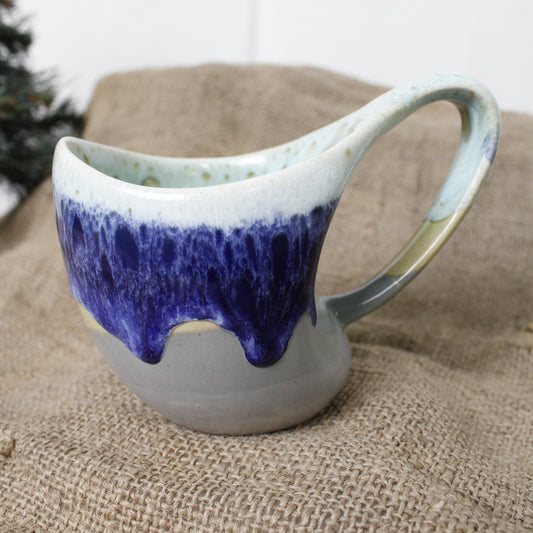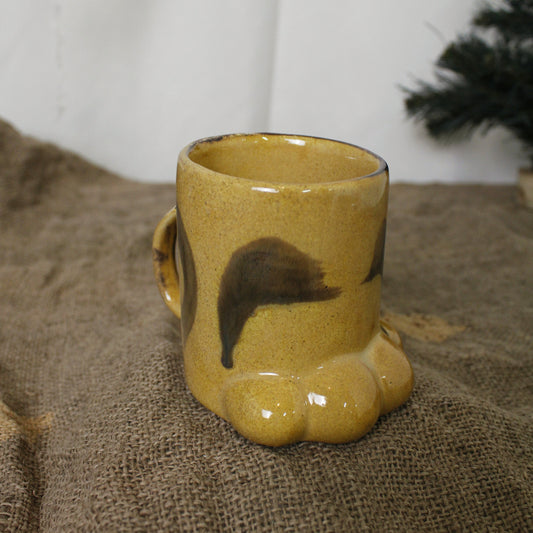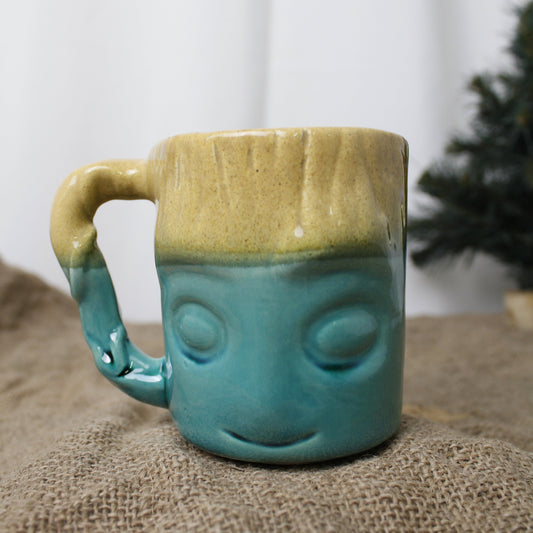Which Clay Should You Start With in Ceramic Art?

For those who are involved in ceramics, choosing clay is an extremely important decision. Each type of clay has its own unique properties, adding different textures, colors and characteristics to your art. These types of clay are divided into various categories according to their intended use and firing processes. Let's take a look at all the types of clay and finally find out which type of clay is best for beginners.
Ceramic Clays
Ceramic clays are fired at low temperatures and have a porous structure. These clays are known as easy to work with and simple to shape. They come in two basic colors, red and white. They must be glazed after firing to become impermeable.
- Red Ceramic Clays: These clays have a reddish color due to the iron oxide they contain. This clay, which is commonly found in nature, is generally used at low firing temperatures. The iron content lowers the melting point of the clay, accelerating the firing process.
- White Ceramic Clays: White ceramic clays are special clays developed for use at low firing temperatures. They are generally preferred to imitate the appearance of porcelain and provide a smooth, white surface.
Stoneware Clays
Stoneware clays are fired at higher temperatures, around 1200°C, making them very durable. These clays offer a wide range of colors; they can be found in shades such as gray, tan, and brown. They are impermeable after firing and are generally preferred in functional products such as tableware.
- Stoneware: Stoneware clay is characterized by being more opaque and having lower light transmittance compared to porcelain. Thanks to their hard and durable structure, they create long-lasting products suitable for daily use.
Porcelain Clays
Porcelain clay is the type of clay fired at the highest temperatures in the ceramic world. Traditionally, they are fired at temperatures of 1260°C and above and have the feature of becoming transparent after firing. Porcelain is used in detailed works that require extremely fine and elegant workmanship.
- Porcelain: The most distinctive feature of porcelain is that it becomes translucent after firing. Its ability to transmit light and its fine structure distinguish porcelain from other types of clay. It is also known for its ability to produce a ringing sound.
Paper Clay
Paper clay is a light and strong clay type obtained by adding cellulose fibers to ceramic, stoneware or porcelain clay. Ideal for large-scale and detailed work, this clay is also easy to work with. It can be obtained ready-made or prepared at home.
Raku Mud
Raku clay is a type of clay developed specifically for the raku firing technique. Thanks to its high thermal shock resistance and low shrinkage rate, it is obtained by adding substances such as chamotte, sand or vermiculite to ceramic, stoneware or porcelain clay.
For someone new to ceramics, ceramic clays are often recommended. They are fired at lower temperatures and are easier to work with than other types of clay. They are also softer and more flexible, making them easier to shape and smooth. These clays are available in red or white, and both types are suitable for beginners.
What Should You Pay Attention to When Choosing Ceramic Clay?
With love,
Gulsum



